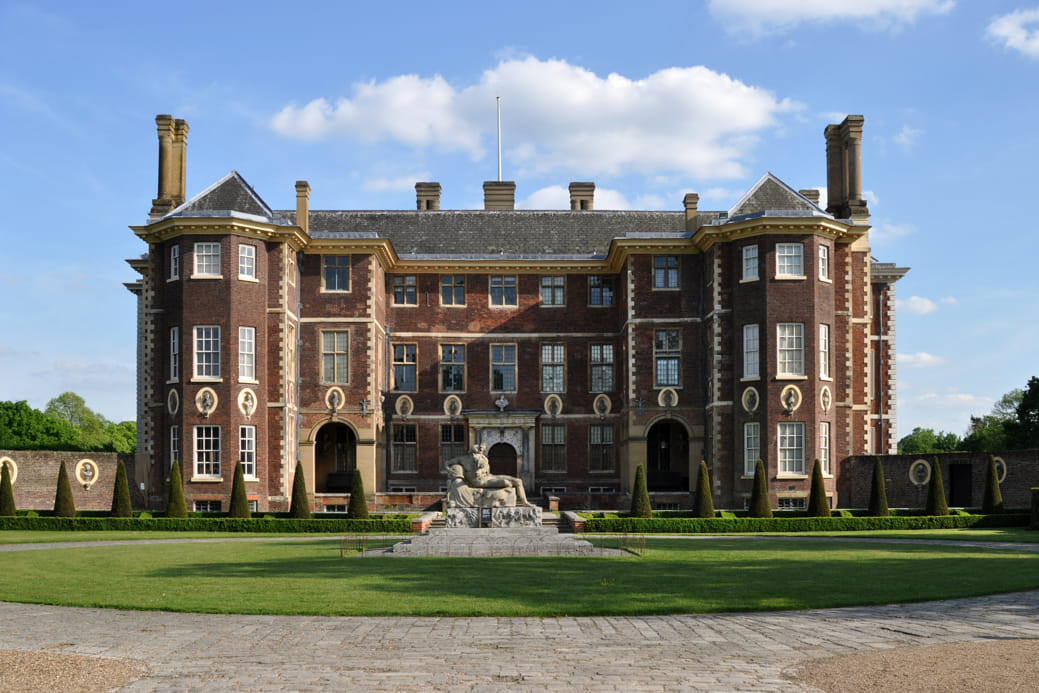Navigating Richmond Petersham Building Regulations: An In-Depth Exploration for Homeowners and Developers
Richmond Petersham, a picturesque enclave nestled along the River Thames, is renowned for its lush greenery, historic buildings, and vibrant community spirit. However, with this beauty comes the responsibility of adhering to a comprehensive set of building regulations. These regulations are designed not only to safeguard the architectural integrity and environmental sanctity of the area but also to promote sustainable development and community well-being. In this article, we will delve into the intricacies of Richmond Petersham building regulations, providing insights that are both practical and essential for anyone looking to embark on a construction project in this charming locale.
Understanding the Essence of Building Regulations
Building regulations encompass a framework of legal standards and codes that govern the construction and modification of buildings. Their primary purpose is to ensure safety, accessibility, and efficiency, promoting a harmonious coexistence between development and the natural environment. In Richmond Petersham, where the historic and modern meld seamlessly, these regulations play a critical role in preserving the area’s character while accommodating contemporary living needs.
The Significance of Planning Permission
Before initiating any construction or renovation project in Richmond Petersham, understanding the necessity of planning permission is paramount. Planning permission serves as a formal approval granted by the local council, allowing homeowners and developers to undertake specific works. It is particularly important in areas where historical significance and aesthetic appeal are priorities.
When Is Planning Permission Required?
- New Constructions: Any new build, whether residential or commercial, typically requires planning permission to ensure it aligns with local policies and community aesthetics.
- Extensions and Major Alterations: Significant changes to existing structures, such as adding a new floor or expanding the footprint, often necessitate planning permission.
- Changes of Use: If a property is being repurposed—like transforming a residential space into a commercial one—planning permission is essential.
- Impact on Conservation Areas: Richmond Petersham features several conservation areas, which impose additional restrictions on development to preserve historical and environmental integrity.
Compliance with Local Policies
Richmond Petersham is celebrated for its stunning landscapes and historic architecture, making compliance with local policies an essential aspect of any building project. These policies aim to maintain the unique character of the area while supporting sustainable development.
Key Local Policies to Consider
Conservation Area Guidelines: Buildings within designated conservation areas must adhere to specific guidelines that protect their historical significance. This includes using traditional materials and design elements that reflect the local architectural style.
Listed Buildings: If your property is classified as a listed building, any alterations require additional permissions. The emphasis here is on preserving the structure’s historical features and materials.
Sustainable Development Goals: Richmond Petersham actively promotes sustainable practices, encouraging the use of environmentally friendly materials and renewable energy sources in new builds and renovations.
Understanding Building Codes and Standards
In Richmond Petersham, building codes are implemented to ensure that all construction meets minimum safety and performance standards. These codes cover a broad spectrum of areas, from structural integrity to fire safety and energy efficiency.
Core Building Codes
Structural Stability: All buildings must be designed to withstand various environmental stresses, including wind loads and seismic activities, ensuring safety for occupants and the surrounding community.
Fire Safety Regulations: Building designs must incorporate fire safety measures, such as adequate fire exits, smoke alarms, and the use of fire-resistant materials.
Energy Efficiency Requirements: With a growing emphasis on sustainability, new developments must meet energy efficiency standards, often necessitating improved insulation, energy-efficient windows, and the incorporation of renewable energy systems like solar panels.
Environmental Considerations: A Vital Component
Given its proximity to the River Thames, environmental considerations are crucial when planning construction projects in Richmond Petersham. Developers must be cognizant of local ecosystems and the potential impacts of their projects.
Key Environmental Considerations
Flood Risk Management: Given the area’s susceptibility to flooding, a flood risk assessment may be required for developments near water bodies. This assessment evaluates potential flooding impacts and identifies mitigation strategies.
Biodiversity Preservation: Developers are encouraged to protect local wildlife habitats and green spaces, aligning projects with Richmond’s commitment to biodiversity conservation.
The Comprehensive Application Process
Navigating the application process for building regulations can be intricate, but understanding the steps involved is essential for a successful outcome.
Steps to Follow
Pre-Application Consultation: Engaging with the Richmond upon Thames Council early on can provide valuable insights and help identify potential issues before submitting an application.
Submission of Application: After thorough preparation, submit a building regulation application, including detailed plans, specifications, and necessary documentation.
Plan Review by Council: The local council will assess the application, ensuring compliance with all building regulations and local policies. This stage may involve consultations with various departments.
Site Inspections During Construction: Throughout the construction process, council representatives will conduct inspections to verify compliance with approved plans and regulations.
Issuance of Completion Certificate: Upon satisfactory completion of the project, a completion certificate will be granted, indicating that all work complies with the relevant regulations.
Common Challenges and Solutions
While navigating Richmond Petersham’s building regulations can be complex, understanding potential challenges can facilitate smoother project execution.
Frequent Challenges
Heritage Compliance: Adhering to the stringent regulations associated with heritage properties can be daunting. It is advisable to engage with conservation specialists who understand local policies.
Community Engagement: Addressing community concerns is crucial for gaining local support. Open communication and transparency throughout the project can mitigate potential disputes.
Conclusion
Building regulations in Richmond Petersham are designed to protect the community, preserve its historical character, and promote sustainable development. For homeowners and developers, understanding these regulations is not just a legal requirement but a commitment to the community’s future. By respecting the local policies and prioritizing safety and sustainability, you can create spaces that enhance the charm of Richmond Petersham while meeting modern living needs.
As you embark on your building journey, consider enlisting the expertise of architects, planners, and builders familiar with the local landscape to ensure compliance and achieve a successful project that stands the test of time.





